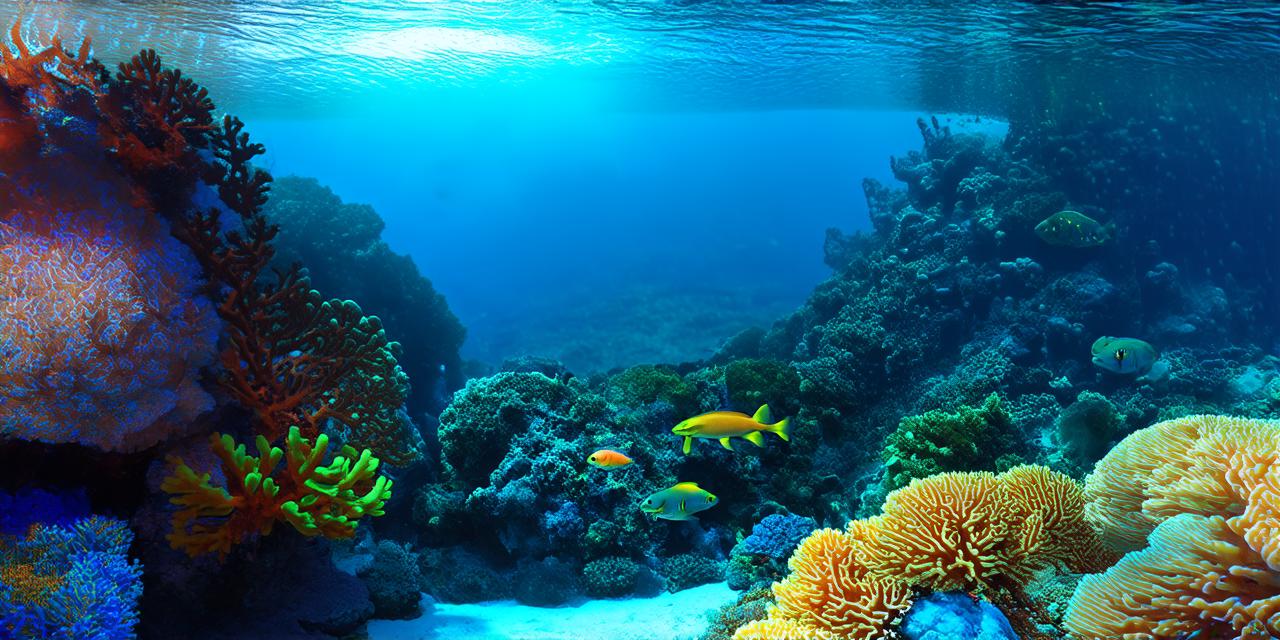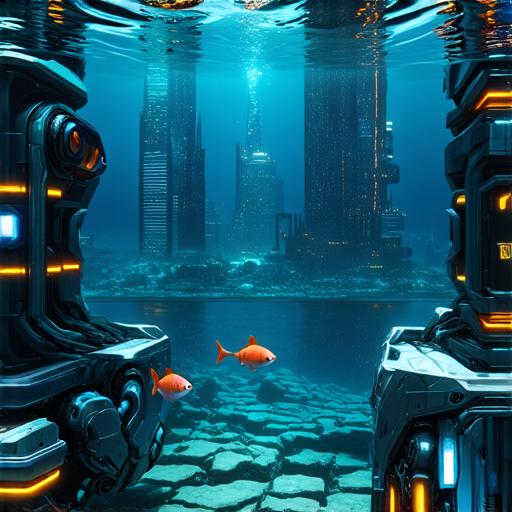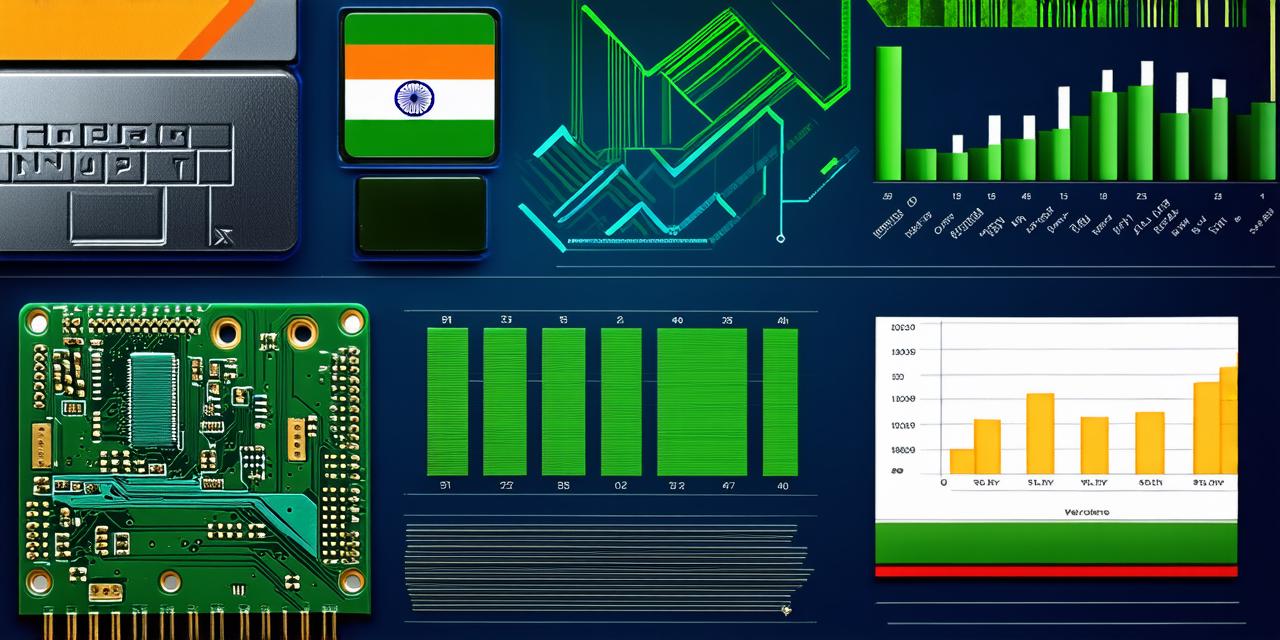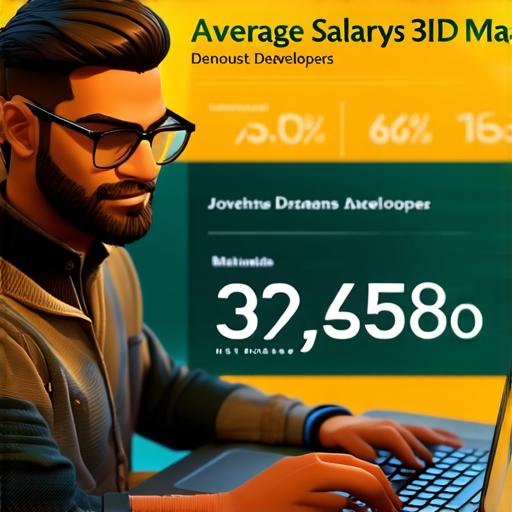How to create a 3D map for better navigation and visualization?
Why create a 3D map?
There are several reasons why creating a 3D map can be beneficial for your 3D game:
- Improved navigation: A 3D map allows players to easily see the layout of the game’s world and navigate through it more efficiently. This can help reduce frustration and confusion, as well as make the game more enjoyable to play.
- Enhanced immersion: A 3D map can add an extra level of realism to your game by providing a detailed and accurate representation of the game’s environment. This can help players feel more immersed in the game world, which can enhance their overall experience.
- Better visualization: A 3D map can also be used as a tool for visualizing the layout of the game’s world before it is even built. This can be especially helpful when working with large teams or when the game’s world is complex and difficult to visualize in 2D.
Best practices for creating a 3D map
When creating a 3D map, there are several best practices that you should keep in mind:
- Use a clear and intuitive layout: Make sure the layout of your 3D map is easy to understand and navigate. This can be achieved by using clear and descriptive labels for different areas of the map, as well as by providing a visual hierarchy that shows the most important information first.
- Include detailed information: Your 3D map should include all the necessary information for players to navigate through the game’s world. This can include things like the location of key landmarks, the layout of different areas, and the paths that players can take to get from one place to another.
- Keep it updated: As you make changes to your game, it is important to keep your 3D map up-to-date. This can help ensure that players always have access to the most accurate and up-to-date information about the game’s world.
- Make it interactive: A 3D map that is interactive can be even more useful for players, as they can explore the game’s world in a more immersive way. This can be achieved by adding features like zooming, panning, and hover-over tooltips that provide additional information about different areas of the map.
- Test it thoroughly: Before releasing your game, make sure to test your 3D map thoroughly to ensure that it is functioning as intended. This can include things like testing navigation paths, making sure that all landmarks are correctly labeled, and verifying that the layout of the map accurately reflects the game’s world.
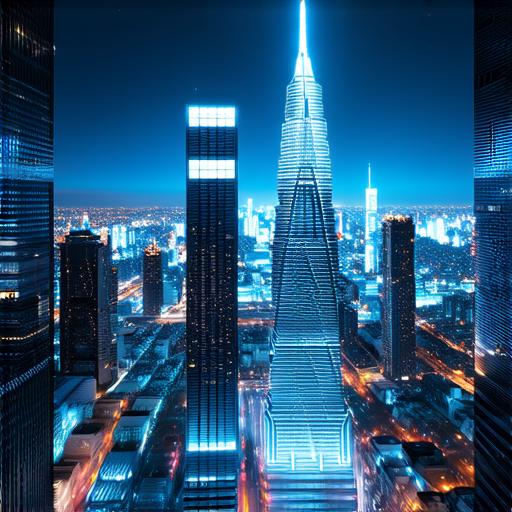
Real-life examples of effective 3D maps
There are many examples of 3D maps that have been successfully implemented in games. Here are a few:
- “The Legend of Zelda: Breath of the Wild” includes a 3D map that allows players to explore the game’s vast world. The map is interactive, allowing players to zoom and pan, and it includes detailed information about different areas of the game, such as the location of key landmarks and the paths that players can take to get from one place to another.
- “Minecraft” includes a 3D map that allows players to view the layout of their worlds. The map is interactive, allowing players to zoom and pan, and it includes detailed information about different areas of the world, such as the location of resources and the paths that players can take to get from one place to another.
- “Skyrim” includes a 3D map that allows players to explore the game’s vast world. The map is interactive, allowing players to zoom and pan, and it includes detailed information about different areas of the game, such as the location of key landmarks and the paths that players can take to get from one place to another.

